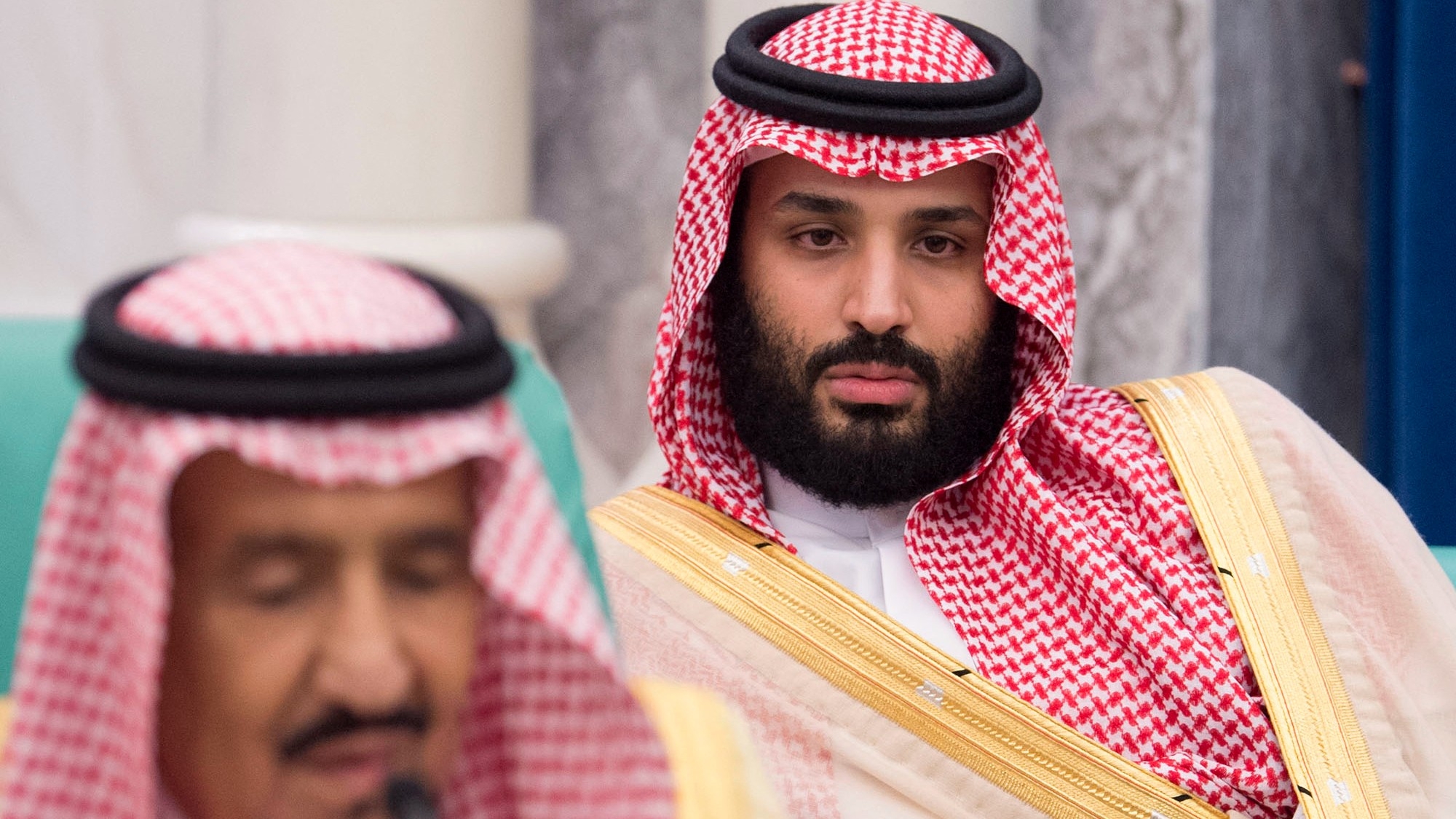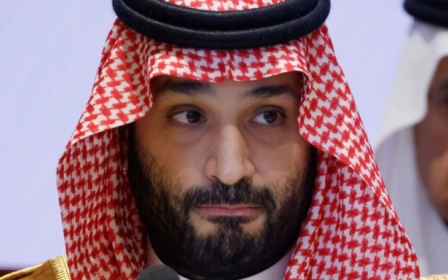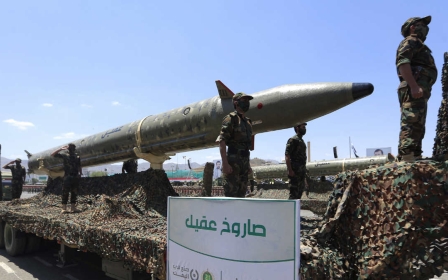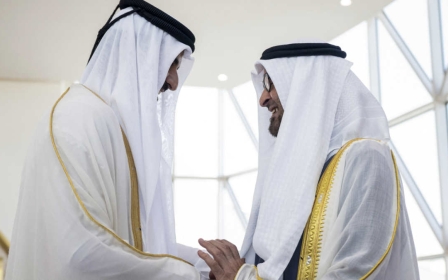Saudi Arabia's economy chalks up 'robust' growth despite Gaza tensions

Saudi Arabia’s economy has powered ahead despite Israel’s war on Gaza and Houthi attacks in the Red Sea, suggesting that the kingdom’s efforts to distance itself from regional tensions are paying off, literally.
“Geopolitical events in the Middle East have not had any major impact on the Saudi economy so far,” the International Monetary Fund (IMF) said in its latest report published on the kingdom’s economy.
The report says that Saudi oil exports are not dependent on the Red Sea, where Iran-backed Houthis have targeted commercial ships, in what they say is in solidarity with Palestinians in Gaza. Likewise, Saudi Arabia’s tourism numbers “remain strong”.
In general, the IMF painted a rosy picture of Saudi Arabia’s economy, with a strong banking system, growing home ownership and “robust” non-oil economic growth.
The report underscores the divergence between Gulf economies and those of poorer states like Egypt, Lebanon and Jordan, whose already weak economies have been battered by Israel’s war.
New MEE newsletter: Jerusalem Dispatch
Sign up to get the latest insights and analysis on Israel-Palestine, alongside Turkey Unpacked and other MEE newsletters
Saudi Arabia will take the IMF report as affirmation that it has successfully manoeuvred to avoid getting sucked into the Gaza war.
Saudi Arabia has become more vocal in calling for Israel to take steps towards a Palestinian state and has frozen talks to normalise ties with Israel, but it has held off on any further measures in solidarity with the Palestinians.
Saudi Arabia has also avoided joining the US’s military campaign against its one-time foe, the Iran-backed Houthis in Yemen. As the group wages a war on commercial shipping, Saudi Arabia has relaxed banking restrictions on them and resumed flights to Yemen.
Despite tensions over Gaza that have raised concerns about a regional conflict, Saudi Arabia has been focused on economic growth as part of Crown Prince Mohammed bin Salman’s Vision 2030 programme, designed to wean the Saudi economy off of petrodollars.
The programme is bearing fruit. At the end of 2023, Saudi Arabia’s unemployment rate reached a historic low, mainly because of a growth in private sector jobs, the IMF said.
Saudi Arabia’s non-oil GDP hit 3.8 percent in 2023, marking a slowdown from 2022 when it reached 5.3 percent, but was still “robust” thanks to strong investment and private consumption.
However, the IMF also noted that Saudi Arabia has “recalibrated” some of its more ambitious mega-projects.
The kingdom has had to scale back Neom, a $1.5 trillion megacity project which organisers claim will eventually be 33 times the size of New York City and include a 170km straight-line city.
Instead of 1.5 million people living in the city by 2030, Saudi officials now anticipate fewer than 300,000 residents. Meanwhile, only 2.4km of the city is set to be completed by 2030.
The crown prince's programme is dependent on oil revenue. The IMF estimates that Saudi Arabia needs oil prices at $96 per barrel to balance its budget, roughly $20 less than they are now.
The kingdom has tried to balance its efforts to support oil prices by cutting output and pumping crude before global energy demand peaks.
The IMF’s assessment that Saudi Arabia's oil revenue is likely to decline quicker than previously estimated will raise concerns among Saudi officials. Revenue is expected to rise to $209bn in 2026, roughly 26 percent of GDP, before declining faster in 2029 to 4.1 percent less than expected earlier.
Middle East Eye delivers independent and unrivalled coverage and analysis of the Middle East, North Africa and beyond. To learn more about republishing this content and the associated fees, please fill out this form. More about MEE can be found here.




